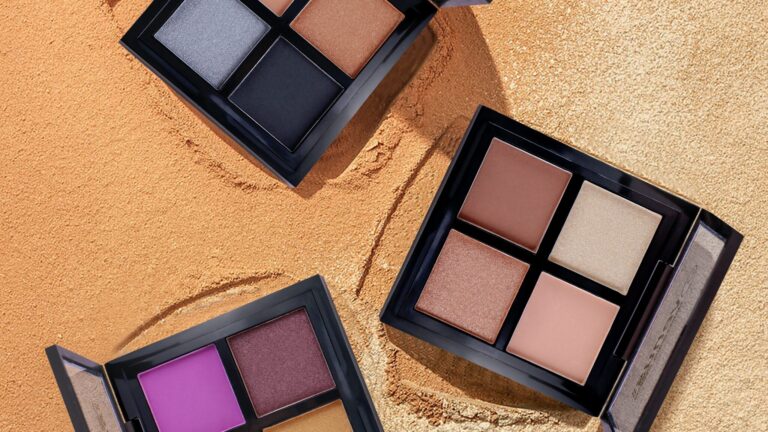To get flawless makeup, color correction is a necessary step. Mixing foundations is one of the best ways to improve the color of your skin. Using this method, you may make a bespoke hue that properly complements your skin tone and eliminates redness or discoloration. Now, let’s talk about how to blend foundations for color correction in this blog.

Identify Your Skin Tone: Determine your skin tone before experimenting with makeup combinations and color correction. Your skin’s natural hue, which can range from fair to deep, is known as skin tone. Examine the color of veins inside your wrist to find your skin color and tone. A cold undertone is present if they seem blue, a warm undertone is there if they appear green, and a neutral undertone is present if you can not distinguish them.
Step 2:
Determine the Color You Need to Correct: After determining your skin tone, you must choose the color that has to be color corrected. You might need to reduce redness, yellow undertones, or dark circles depending on your skin type and problems.
- To counteract redness, choose a foundation with a green undertone. A foundation with a green component will aid in balancing any redness on your face because green cancels out redness.
- Use a foundation with a purple or lavender undertone to balance out yellow undertones. Your skin’s yellow undertones will be balanced out by these hues, leaving you with a lighter, more even complexion.
- To counteract dark circles, choose a foundation with an orange or peach undertone. By balancing out the blue or purple undertones in dark circles, these hues will help you appear more alert and rested. Read more about color correction techniques and tricks at Foreo‘s website.

Step 3:
Mix Your Foundations: It’s time to mix your foundations now that you know which hue you need to correct. Choose two foundations that are the closest in shade to your skin tone at first—one that is a little lighter and one that is a little darker. You’ll have more freedom to combine your foundations as a result of this, the ad has a variety of color correction options.
After that, combine a small bit of each foundation on the back of your hand. Blend the foundations with a makeup brush or sponge until the color is accurate for your skin tone.
If redness needs to be reduced, a tiny bit of foundation with a green undertone can be added to the mixture. Add a tiny bit of a foundation with a purple or lavender undertone if you need to balance out yellow undertones. If you need to counteract dark circles, add a small amount of orange or peach-toned foundation.
Step 4:
Test and Adjust: This is a crucial step in color correction. As soon as you’ve mixed your foundation, test the shade on your face to see how it appears in daylight. Add an extra one of the foundations or color correctors if you need to make any adjustments to get the right hue.
Step 5:
Apply Your Custom Foundation: It’s time to apply your bespoke foundation shade now that you have color-corrected it. Using a makeup brush or sponge, begin by dabbing a little quantity of foundation onto your face and blending it in. Up until you have complete coverage, add extra foundation as necessary.

To conclude...
Blending foundations is a fantastic approach to evening out the tone of your skin and having a beautiful complexion.
By following these color correction instructions, you may make a foundation color that properly complements your skin tone and covers any redness or blemishes.
Before applying it to your face, don’t forget to test the shade in daylight and make any required modifications. You can blend foundations expertly and consistently produce a flawless, even complexion with a little practice.
Read our latest blog on reasons why your eyes water when you put makeup on.
Also, check out our top picks for water-based and non-oxidizing foundations.

